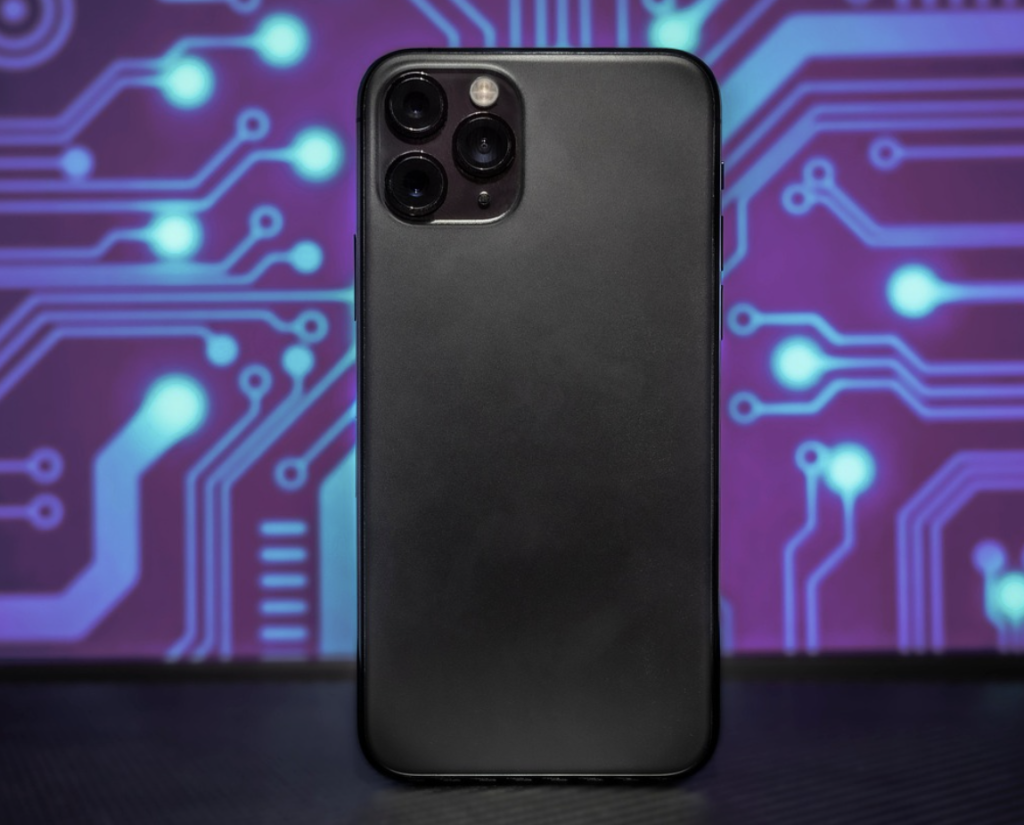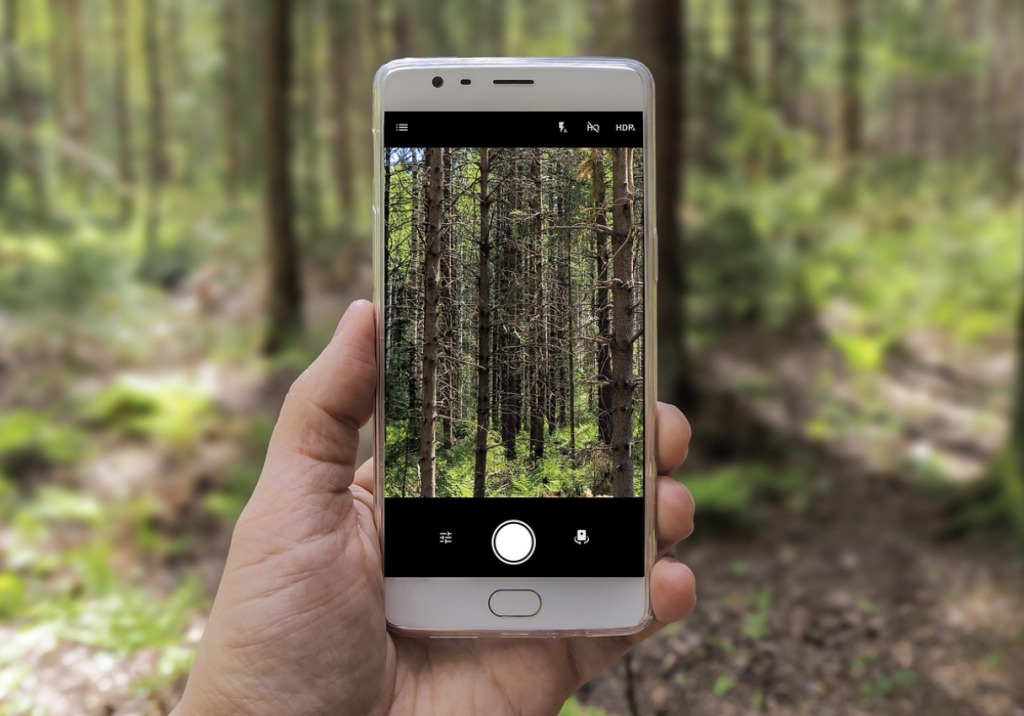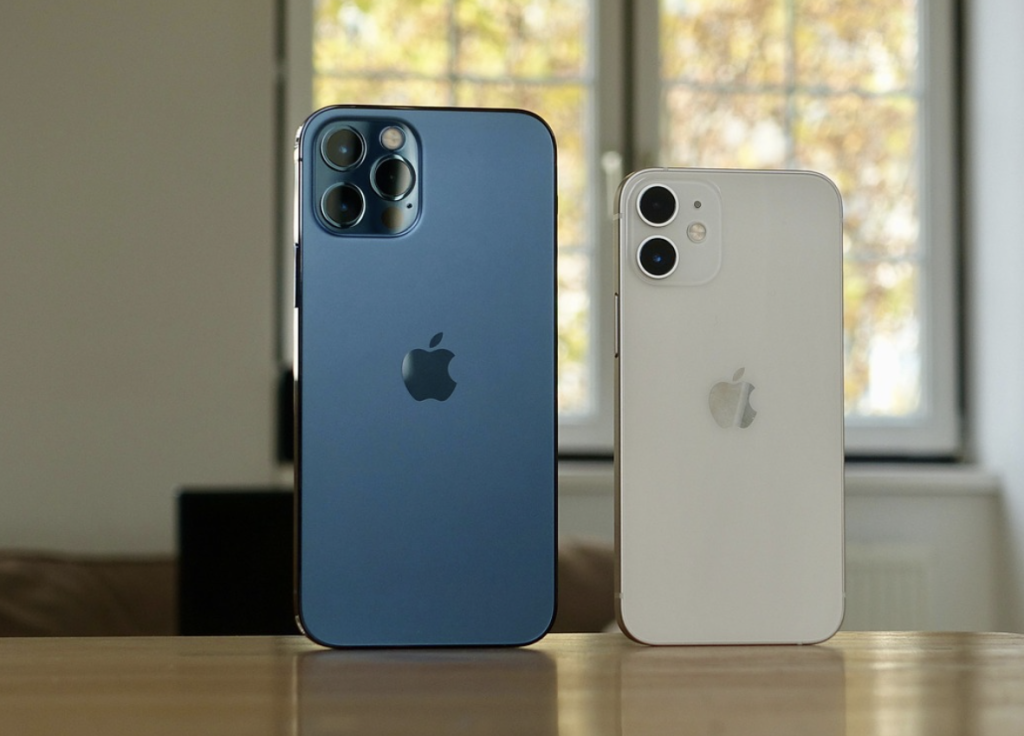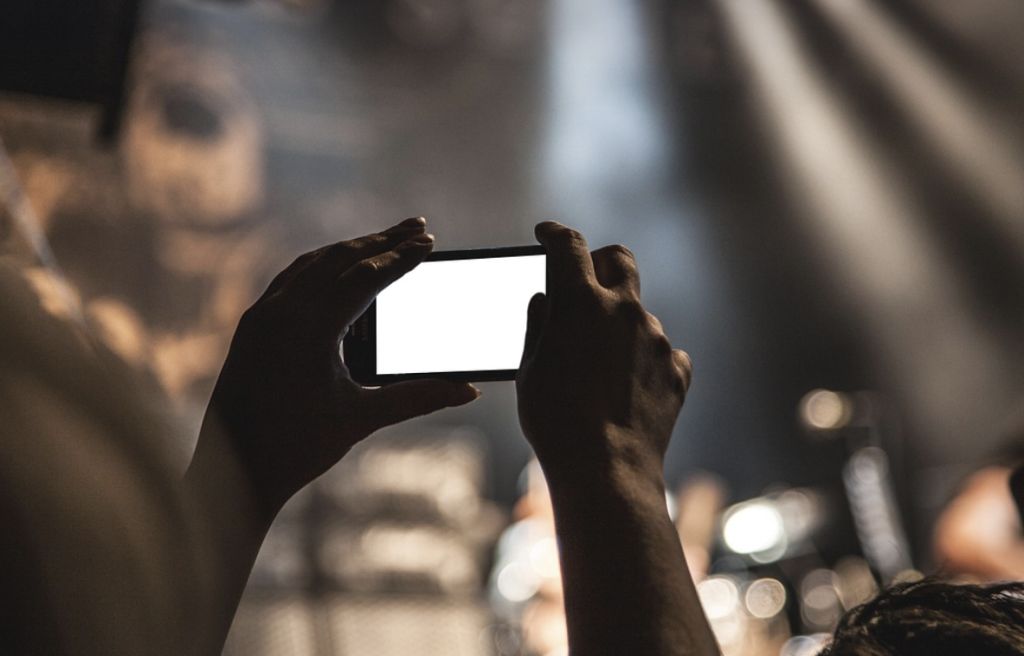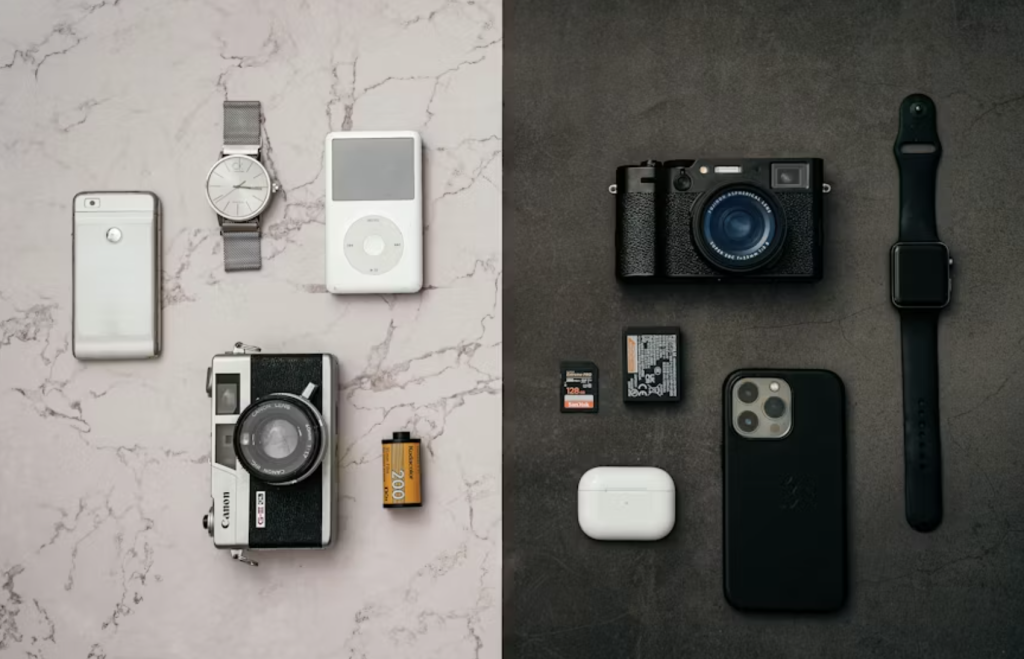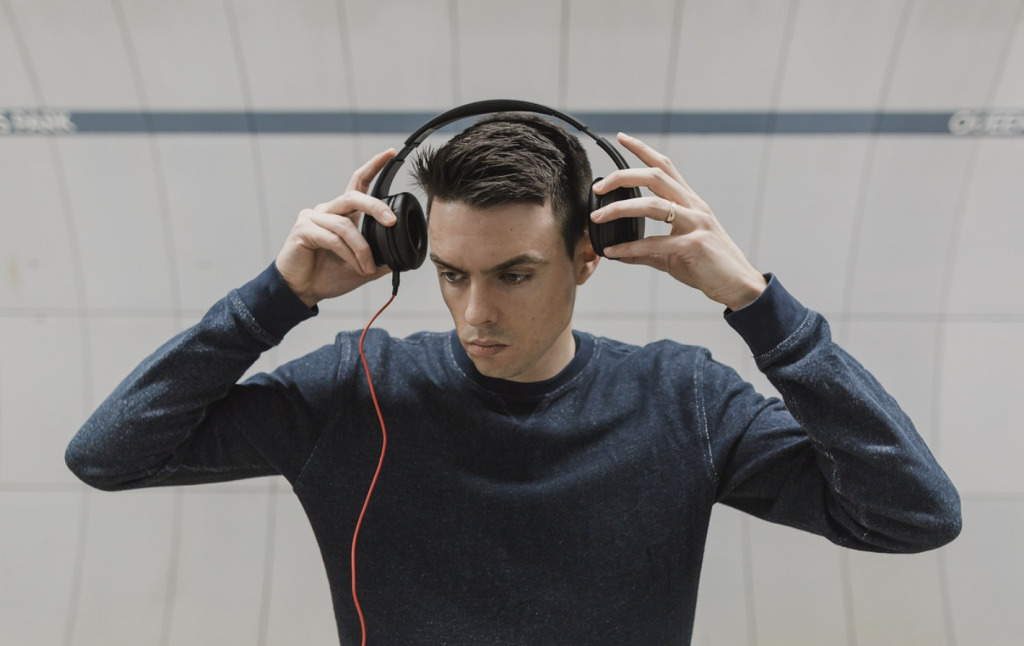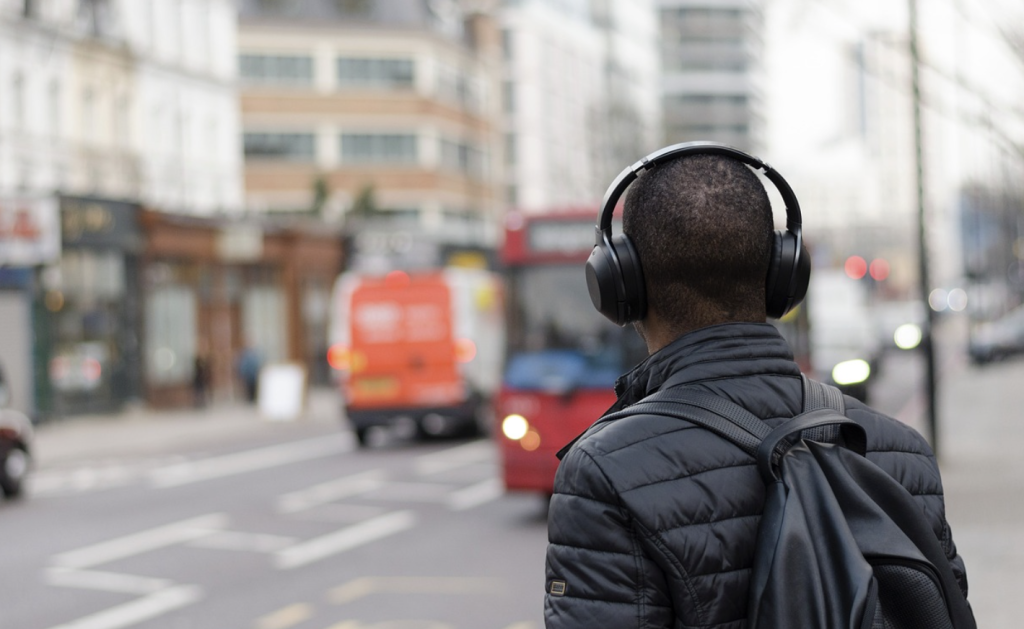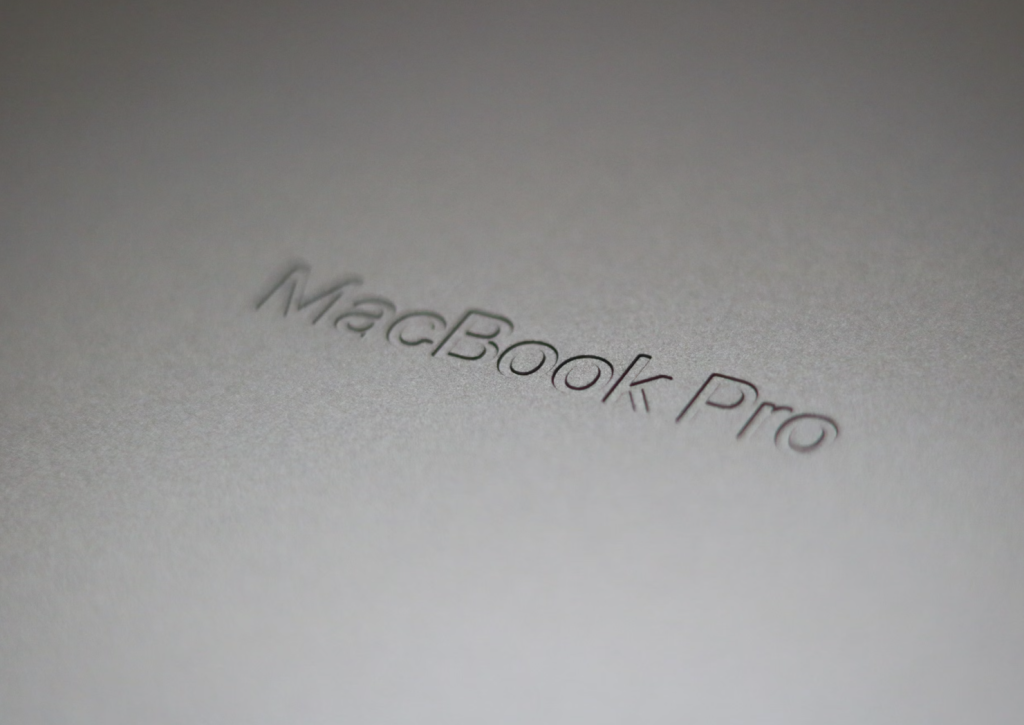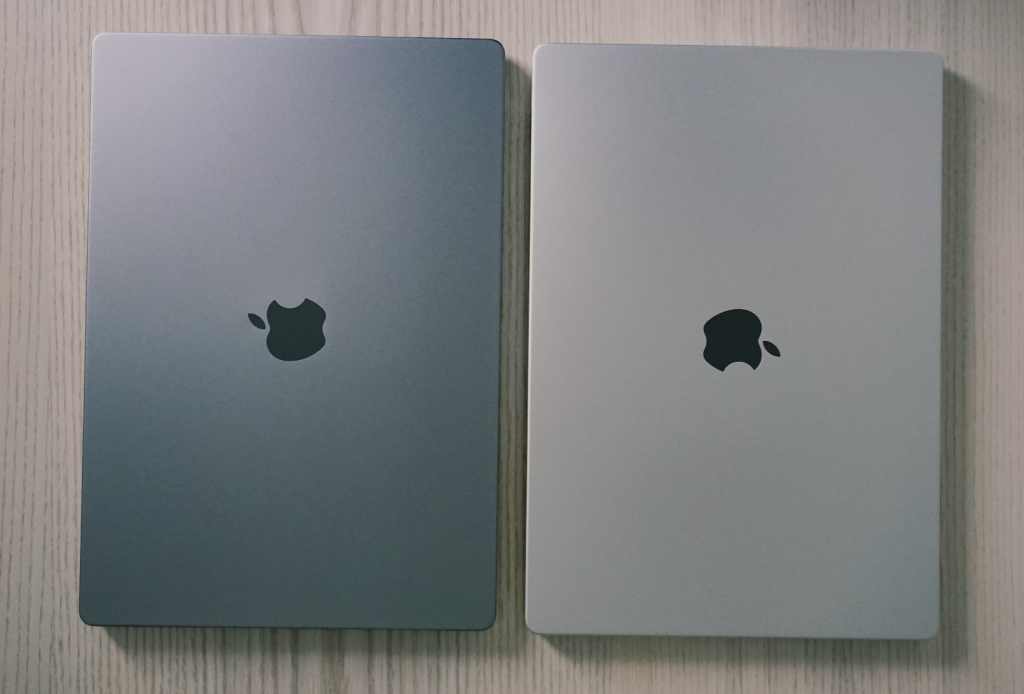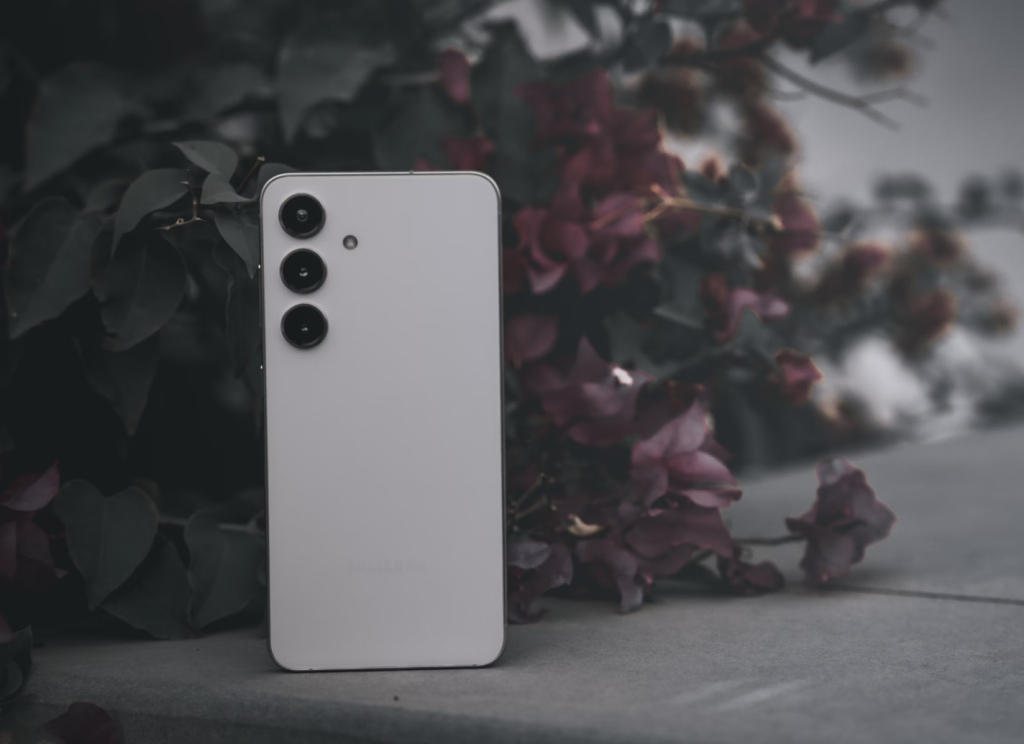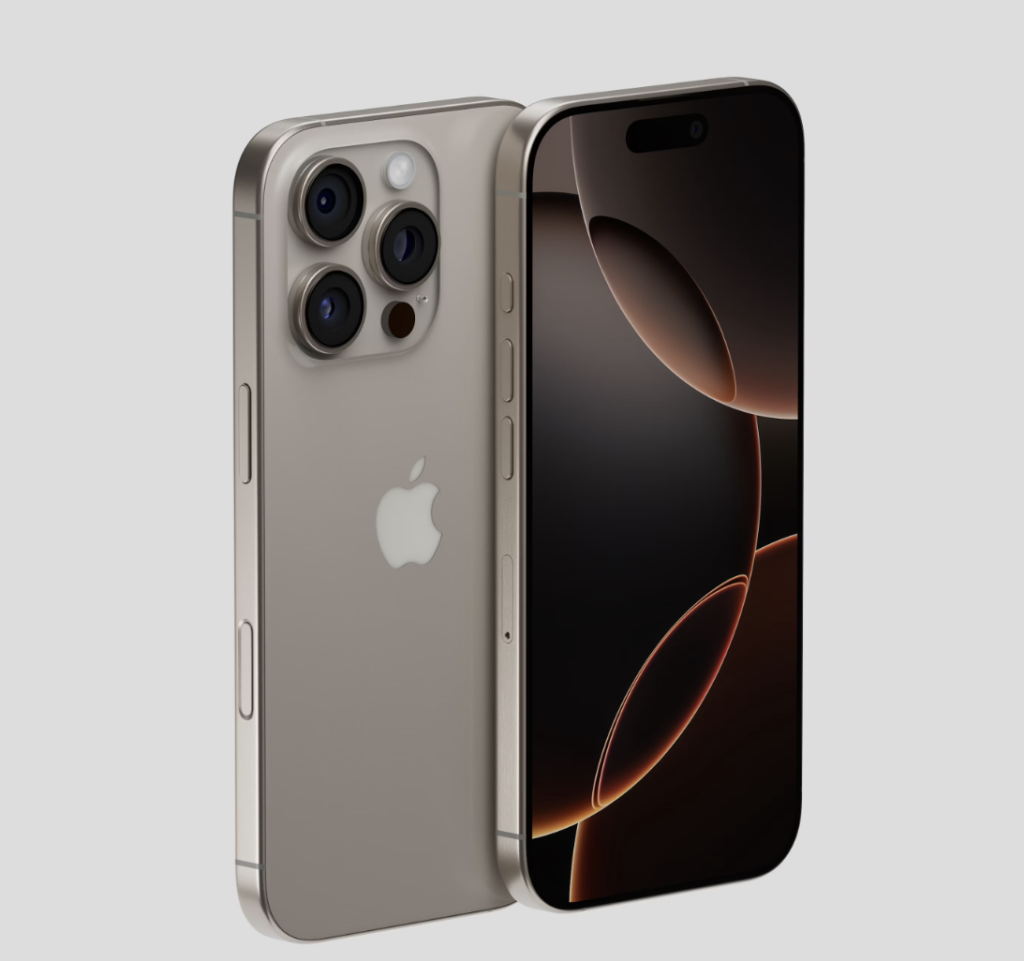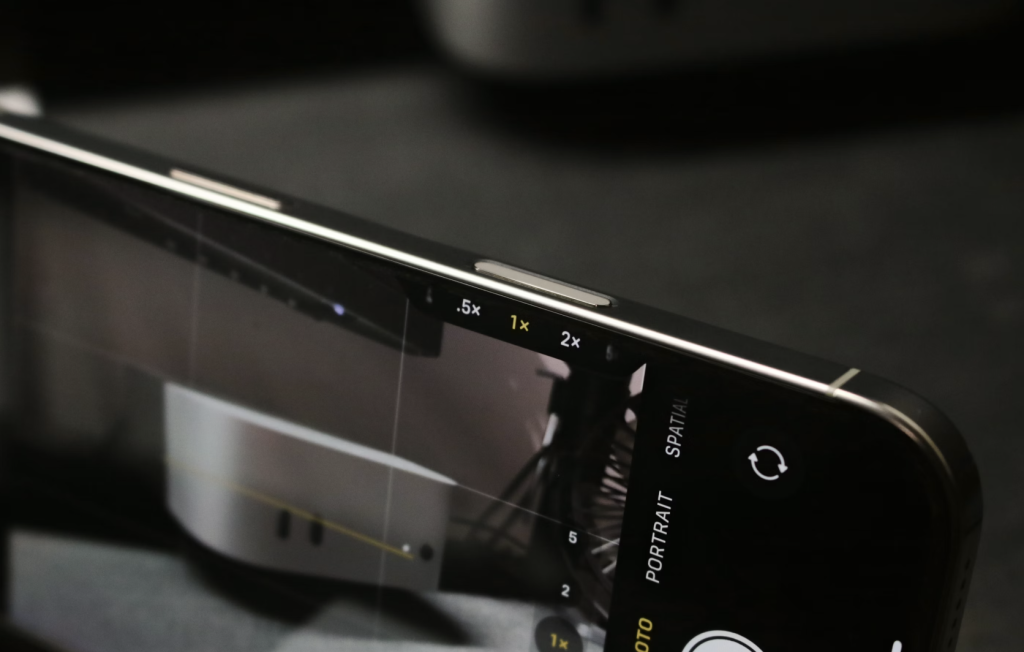The smartphone market in 2024 is more dynamic than ever. With brands pushing the boundaries of technology, consumers are faced with a plethora of choices. Whether you’re seeking a budget-friendly device, a mid-range performer, or a flagship powerhouse, the options are abundant. In this article, we break down our top 5 picks, spanning from budget-friendly models to premium flagships. Each device is scrutinized for its performance, value, and innovation. Let’s dive into what makes these smartphones stand out in 2024.
1. Introduction to the Best Smartphones of 2024
Trends in the Smartphone Industry
2024 brings about several exciting innovations in smartphones. From AI-driven features to ultra-fast charging and cutting-edge camera technology, the industry has evolved rapidly. While high-end devices continue to wow with their advanced features, budget and mid-range smartphones are also narrowing the gap, offering impressive performance for a fraction of the price.
What to Expect in 2024
In 2024, expect to see more focus on battery life, advanced AI integration, faster 5G speeds, and increasingly sophisticated cameras. Smartphones are no longer just about making calls—they are lifestyle tools. Whether it’s for entertainment, productivity, or content creation, your smartphone is more essential than ever.
2. Top Budget Smartphone: Xiaomi Redmi Note 13
Key Features
The Xiaomi Redmi Note 13 is our top pick for budget smartphones in 2024. Packed with features typically found in mid-range devices, it offers a solid 6.67-inch FHD+ display, a Snapdragon 695 processor, and a 5000mAh battery. It strikes the perfect balance between price and performance, making it an excellent option for users who want value without compromise.
Why It’s Worth Considering
For the price, the Redmi Note 13 offers exceptional value. You get a robust design, a capable chipset, and a display that competes with much pricier models. It’s an all-around performer that doesn’t break the bank.
Performance and Value for Money
While it may not have the cutting-edge performance of premium models, the Redmi Note 13 is more than capable of handling daily tasks and moderate gaming. Its 6GB of RAM ensures smooth multitasking, while MIUI 15 offers a feature-rich, customizable interface.
3. Mid-Range Smartphone: OnePlus Nord 4
Design and Build Quality
The OnePlus Nord 4 is an exceptional mid-range smartphone in 2024. With its sleek, minimalistic design, the Nord 4 is crafted from premium materials. It features a 6.72-inch AMOLED display, offering vibrant colors and deep blacks. The device has a smooth and responsive 120Hz refresh rate, making it a great choice for gamers and video streaming.
Software Experience
OnePlus has always been known for its OxygenOS, and the Nord 4 continues that legacy. The software is fast, clean, and offers a near-stock Android experience with some useful customizations. It’s also one of the first in line for Android updates, ensuring longevity.
Why It Stands Out
The Nord 4 brings flagship-like features at a fraction of the cost. The combination of an AMOLED display, powerful Snapdragon 7-series chipset, and 5G support makes it a standout in the mid-range category. It’s perfect for users who want high-end features without the premium price.
4. High-End Smartphone: Samsung Galaxy S24 Ultra
Premium Features and Design
The Samsung Galaxy S24 Ultra is a true flagship. With a sleek glass design, an IP68 rating for water resistance, and a 6.8-inch Dynamic AMOLED 2X display, it’s visually stunning. The display offers 120Hz refresh rate and a peak brightness of 1750 nits, ensuring perfect visibility in direct sunlight.
Flagship Performance
Under the hood, the S24 Ultra packs the latest Qualcomm Snapdragon 8 Gen 3 (or Exynos 2400 in some regions), making it one of the fastest smartphones of 2024. Whether you’re gaming, multitasking, or creating content, it handles everything with ease.
Camera System
The camera setup on the Galaxy S24 Ultra is remarkable. With a 200MP main sensor, telephoto lenses for incredible zoom, and advanced Night Mode capabilities, it’s one of the most powerful mobile cameras available. The versatility it offers—whether for wide-angle shots or 100x space zoom—sets it apart from the competition.
Comparing to Competitors
When compared to other flagship devices like the iPhone 15 Pro Max and the Google Pixel 9, the Galaxy S24 Ultra holds its own. While the iPhone may excel in video recording, Samsung’s camera system offers more flexibility and sheer photographic power.
Display and Screen Quality
Samsung’s Dynamic AMOLED 2X display is among the best in the industry. With a resolution of 3088 x 1440 pixels, it provides stunning detail, rich colors, and deep contrasts. This makes it perfect for multimedia consumption and gaming.
Software Experience
Samsung’s One UI has evolved into one of the most polished Android skins available. With regular software updates and a host of customization options, users are ensured a top-tier software experience. Plus, it’s packed with features like Samsung DeX, which turns the phone into a desktop-like experience.
5. Flagship Killer: Google Pixel 9
Clean Android Experience
The Google Pixel 9 offers one of the purest Android experiences available, with no bloatware or unnecessary features. The stock Android interface is incredibly smooth, offering seamless integration with Google’s ecosystem.
How It Competes with Flagships
Despite being priced lower than most flagship models, the Pixel 9 competes on many fronts, especially in camera performance. It features Google’s renowned computational photography, making it an excellent choice for photography enthusiasts who want the best software optimizations.
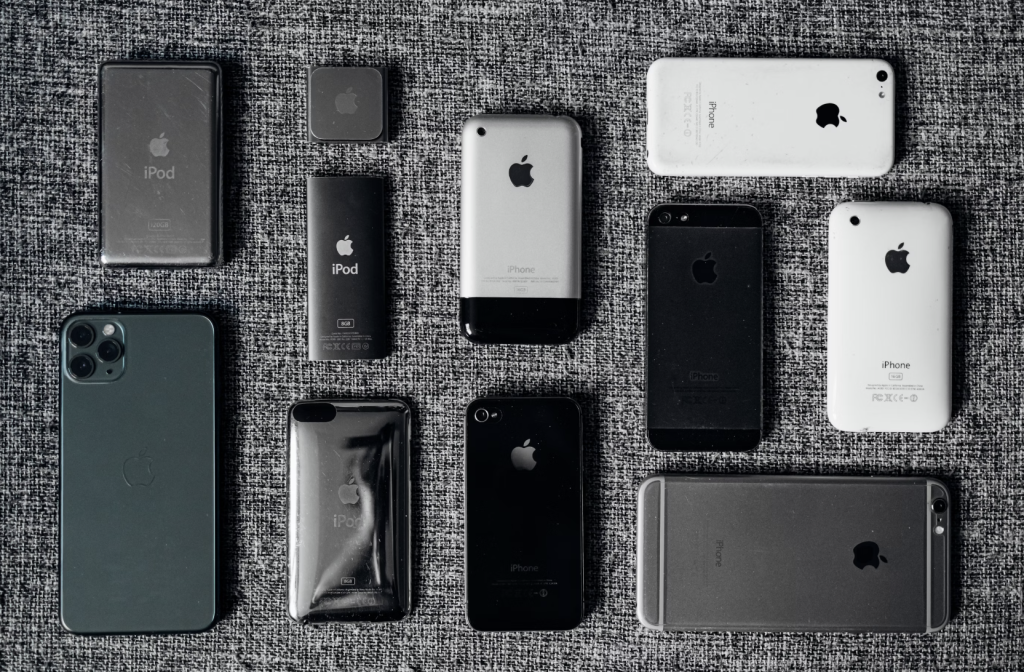
AI Features and Camera Technology
Google’s AI enhancements make the Pixel 9’s camera one of the best in the business. From Night Sight for low-light shots to Super Res Zoom for detailed long-distance photography, it’s a versatile and powerful tool for content creators.
Value Proposition
At a competitive price point, the Pixel 9 offers impressive flagship features, especially in terms of software and camera performance. It’s a fantastic choice for those who want premium quality at a slightly lower cost than the competition.

6. Conclusion: Which Smartphone Should You Choose in 2024?
When it comes to choosing the best smartphone of 2024, your decision largely depends on your budget and priorities. If you’re looking for an affordable option, the Xiaomi Redmi Note 13 is a great choice. For those in the mid-range market, the OnePlus Nord 4 offers exceptional performance. The Samsung Galaxy S24 Ultra is the go-to choice for those seeking a premium flagship experience, while the Google Pixel 9 is perfect for those who value software and camera quality.
Ultimately, each of these smartphones has its strengths, and it’s important to select one that best suits your needs.
FAQs
- What is the best budget smartphone in 2024? The Xiaomi Redmi Note 13 offers the best value for money, with a solid display, great performance, and long-lasting battery life at an affordable price.
- Which smartphone has the best camera in 2024? The Samsung Galaxy S24 Ultra boasts a 200MP main camera and versatile zoom capabilities, making it one of the best in terms of photography.
- Is the OnePlus Nord 4 a good choice for gaming? Yes, with its 120Hz AMOLED display and Snapdragon 7-series chipset, the OnePlus Nord 4 provides a great gaming experience in the mid-range category.
- How long does the battery last on the Xiaomi Redmi Note 13? The 5000mAh battery on the Redmi Note 13 can easily last a full day with moderate usage, making it one of the best budget devices for battery life.
- Is the Google Pixel 9 worth buying in 2024? Yes, the Google Pixel 9 offers an excellent camera, clean Android experience, and AI-powered features at a competitive price, making it a fantastic flagship alternative.



